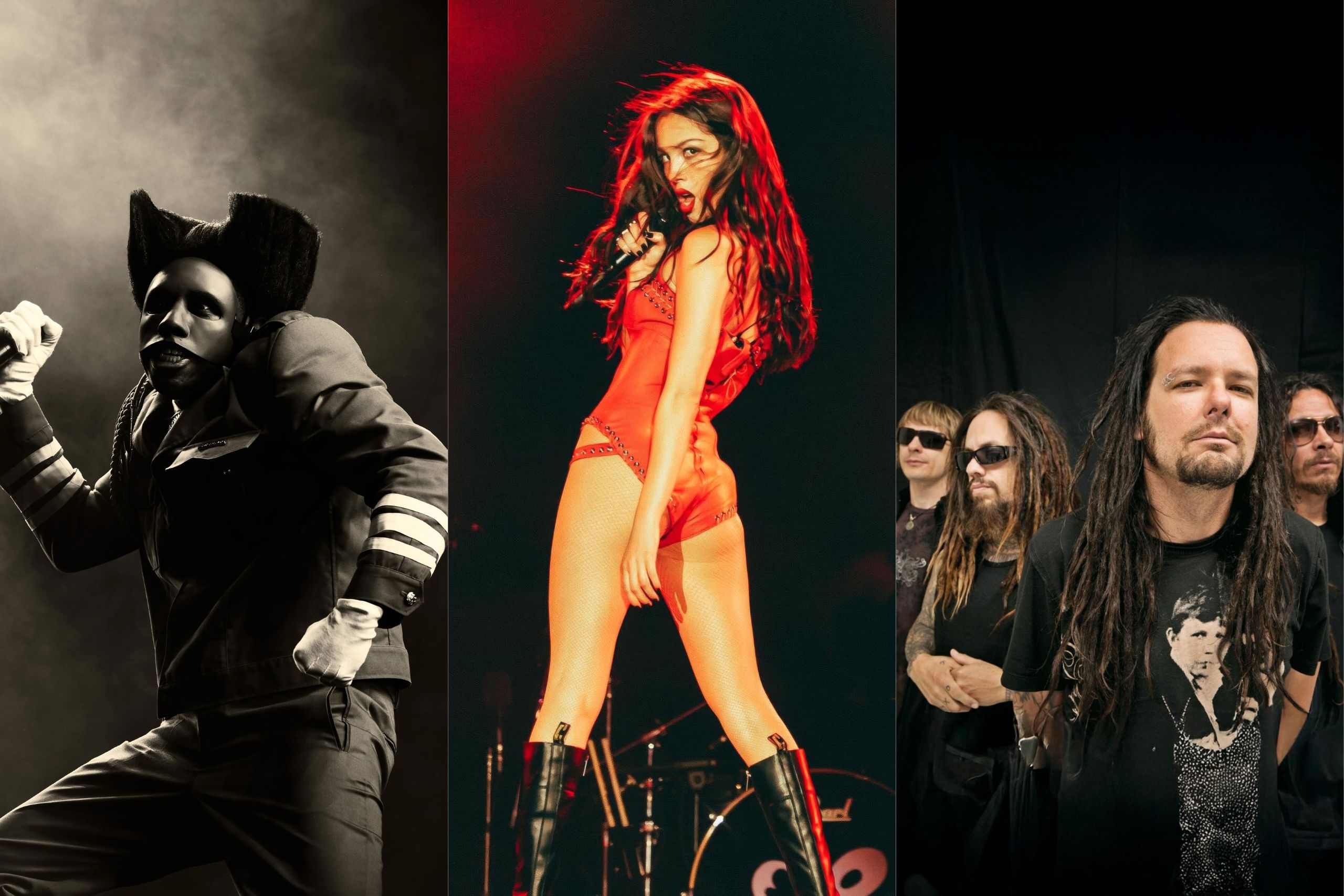It wasn’t all that long ago that music festivals had a clearly defined personality. You went to a rock festival to see rock bands, a jazz festival for jazz, and so on – everyone staying neatly in their genre lanes. In 2025, that idea feels almost quaint: the strict genre silos that once dictated festival line-ups have all but dissolved. Music festivals have become boldly genre-fluid, and the most remarkable thing about it is how naturally it’s happened.
It is a heady time to be a festival-goer. Lollapalooza’s latest line‐up – announced at the end of last week – reads like a shuffled playlist from the algorithmic fever dreams of the streaming era. It features names that span pop, hip‐hop, rock, and even country. With Olivia Rodrigo, Tyler, the Creator, TWICE, Sabrina Carpenter, A$AP Rocky, Korn and Luke Combs all sharing the same bill, the festival exemplifies the increasingly genre‐fluid nature of live music today.
Lollapalooza’s eclectic roster isn’t alone, either. It fits into a broader trend across global festivals, drawing comparisons with the evolving programming of Glastonbury, Reading & Leeds, Coachella, Primavera Sound and more over the past decade or more. Festivals are no longer the reserve of guitar music but a shifting palette of different sounds and experiences that reflect the modern music fan far better than the genre-locked events of the past ever could.
Lollapalooza was once firmly rooted in the alternative rock scene, its early years marked by grunge anthems and guitar-driven bands. Fast forward to 2025, and the festival line‐up reflects an industry that has long since shed strict genre categorisation. Audiences are accustomed to an all-inclusive mix-and-match approach, and festival organisers have little choice but to embrace diversity on stage if they are to satisfy the eclectic tastes of their ticket buyers.
Headliners like Olivia Rodrigo sit comfortably alongside names like Tyler, the Creator. Rodrigo represents a new generation of pop unafraid to be messy and inventive. Often seen as transient, the poptimism of the 2010s has given way to a period where pop is finally seen as a serious art form. Tyler, on the other hand, is celebrated for both his unconventional approach to hip-hop and his ability to cross boundaries, and his presence shows that audiences today are willing to follow an artist into the unknown.
TWICE’s appearance is equally significant. As the first female K-pop group to headline a major American festival, they represent the globalisation of modern music. Similarly, Sabrina Carpenter’s polished pop has found an audience among festival-goers, many of whom discovered her through socials rather than traditional media.
Yet it is perhaps the inclusion of legacy acts such as Korn that best encapsulates the present moment. Once the poster boys of nu-metal, Korn continue to play to audiences that span generations, testament to the enduring appeal of a band who once defined a movement. Luke Combs, too, is the first country act to headline Lollapalooza and offers a perspective on how genre lines are being redrawn. Traditionally associated with more conservative, rural audiences, country music is now being embraced by a diverse and urban festival crowd.
Today’s festival line-up is as likely to look like an over-enthusiastic streaming playlist as a carefully curated niche event. One minute, a grime collective is shaking the ground; the next, a country-pop sweetheart is serenading the crowd – perhaps followed by a veteran rock band or a cutting-edge K-pop group. At a glance, it might read like chaos on a poster, but on the ground, it makes perfect sense. The modern festival-goer doesn’t buy a ticket expecting one style of music all day; they want a bit of everything. Diversity in sound has gone from novelty to normality.
Consider Glastonbury, a British institution once known (at least in myth) as the bastion of guitar-wielding rock and indie legends. In recent years its Pyramid Stage has been graced by grime trailblazers, pop megastars, and EDM DJs side by side with the traditional band headliners. The sight of a pop icon commanding a sea of bucket-hatted rock fans in a headline set would have caused murmurs a decade or two ago – now, it barely raises an eyebrow. When a heritage rock act, a rap superstar and a teen pop sensation can all top the same festival bill, you know the old genre guard has truly fallen.
Look at Coachella hosting Latin trap kings and K-pop idols as headliners or Reading & Leeds – once the sacred ground of British rock – handing prime slots to pop stars without the sky falling in. If there are any die-hard purists left, they might grumble into their real ale pints about “the good old days” when festivals had a singular focus. But for the most part, those voices are drowned out by the much larger crowd who frankly couldn’t care less.
Artists have been blurring those lines, too, making the festival programmer’s job easier. The most popular artists of the moment often defy easy categorisation. Is Olivia Rodrigo a pop act or a rock act? When a single song can nod to early-2000s pop-punk and also land on Top 40 radio, how do you categorise it? Or take Lil Nas X, who gleefully fused country and trap music in one of his hits. Many modern musicians grew up just as musically omnivorous as their audiences, and accordingly, they create genre-blending work. So when they pop up in line-ups, they fit.
So here we are in 2025, and the muddy, welly-strewn landscape has never been more musically diverse. Genre wars increasingly feel like a relic of the past. Most festival-goers have moved on, and so have the events themselves. Purists will always find like-minded souls in smaller corners, but the big stage belongs to the eclectic. On today’s festival fields, that idea isn’t controversial: it’s celebratory. After decades of drawing boundaries, those barriers are finally down – and no one worth listening to is complaining.

Leave a Reply